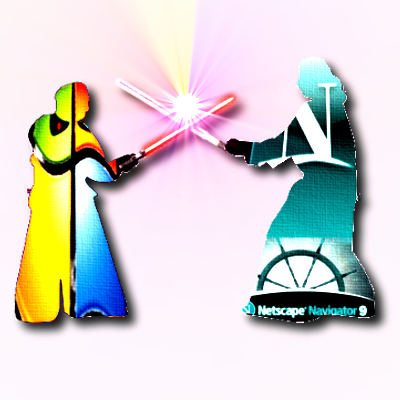The Trial Part 2
Microsoft was asked to offer a version of Windows without IE. Microsoft replied that the company would offer the consumers either “one version of Windows that was obsolete, or another that did not work properly”. The judge stated “It seemed absolutely clear to you that I entered an order that required that you distribute a product that would not work?” David D. Cole, another Microsoft Vice-President, replied, “In plain English, yes. We followed that order. It wasn’t my place to consider the consequences of that”. Both the prosecution and the defense called upon the professors of MIT to serve as witnesses for their cases. Microsoft defended itself in the public “Consumers did not ask for these antitrust actions … rival business firms did. Consumers of high technology have enjoyed falling prices, expanding outputs, and a breathtaking array of new products and innovations. … Increasingly, however, some firms have sought to handicap their rivals by turning to government for protection. Many of these cases are based on speculation about some vaguely specified consumer harm in some unspecified future, and many of the proposed interventions will weaken successful U.S. firms and impede their competitiveness abroad.”
Judge Jackson issued his conclusions that Microsoft had committed monopolization and that Microsoft had taken actions to crush threats to that monopoly, and his opinion was that Microsoft must be broken into two separate units, one to produce the operating system, and one to produce other software components.
Ironically the D.C. Circuit Court of Appeals anulled Judge Jackson’s rulings against Microsoft because in their view the Appellate court had adopted a “drastically altered scope of liability” so his suggestions were not viable, and also because of his interviews to the news media while he was still hearing the case, in violation of the Code of Conduct for US Judges. The D.C. Circuit Court of Appeals accused him of unethical conduct and opined that he should recuse himself from the case.
Judge Jackson’s response was that Microsoft’s conduct itself was the cause of any “perceived bias”; Microsoft executives had “proved, time and time again, to be inaccurate, misleading, evasive, and transparently false. … Microsoft is a company with an institutional disdain for both the truth and for rules of law that lesser entities must respect. It is also a company whose senior management is not averse to offering specious testimony to support spurious defenses to claims of its wrongdoing.”
The Settlement
On November 2, 2001, the Department of Justice reached a settlement with Microsoft. Microsoft will have to share its application programming interfaces with third-party companies and appoint a panel of three people who will have full access to Microsoft’s systems, records, and source code for five years in order to ensure compliance. This was to ensure Microsoft did not engage in “Predatory Behavior” directly or indirectly forming a “Barrier to Entry”. However, the Department of Justice allowed Microsoft to retain its code and integrate other softwares with Windows in the future. Nine states i.e. California, Kansas, Minnesota, Connecticut,Utah, Iowa, Florida,Minnesota, Virginia and Massachusetts and the District of Columbia did not agree with the settlement.
Andrew Chin, an antitrust law professor at the University of North Carolina at Chapel Hill who assisted Judge Jackson in drafting the findings of fact, wrote that the settlement gave Microsoft “a special antitrust immunity to license Windows and other ‘platform software’ under contractual terms that destroy freedom of competition. Microsoft now enjoys illegitimately acquired monopoly power in the market for Web browser software products.”
Microsoft’s responsibilities according to the settlement expired on November 12, 2007. Microsoft consented to extend selected terms of the settlement till 2012, but the plaintiffs made it clear that the extension was intended to serve only to give the relevant part of the settlement “the opportunity to succeed for the period of time it was intended to cover”, rather than being due to any “pattern of willful and systematic violations”.

